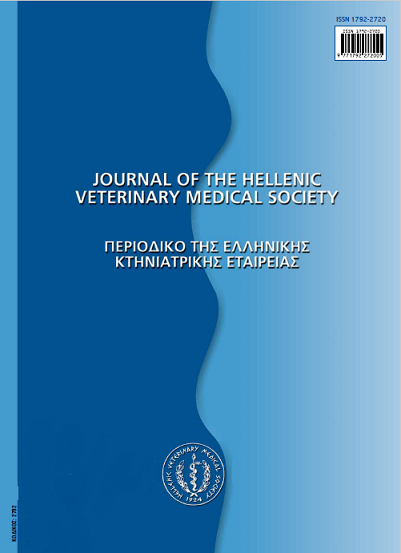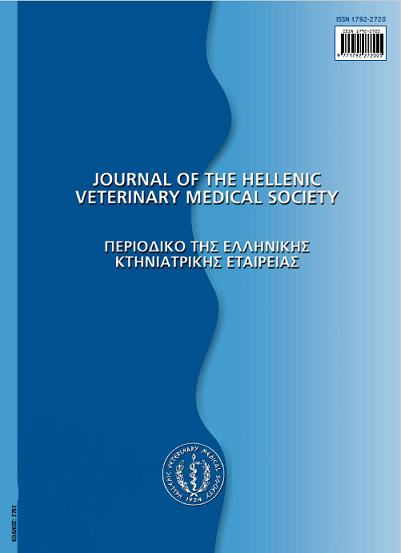Development of an experimental model for Anophryoides haemophila (Scuticociliatida: Orchitophryidae), a parasite of american lobster Homerus americanus
Résumé
The principal lesions due to the ciliate Anophryoides haemophila in experimentally infected lobsters are observed in gills and connective tissue from the 9th week post-infection. These lesions were not related to the inoculum of parasites and were consistent in all inoculum studies (2,000, 10,000 and 500,000 ciliates per lobster) and were present in both euthanized and dead lobsters. The higher inocula resulted only in higher numbers of parasites observed in sections of gills and in the connective tissue of more organs, with no penetration to the parenchyma of any organ. Furthermore, the highest inoculum of ciliates (500,000 per lobster) resulted in a shorter course of disease development and consequendy, experimental lobsters died between 4th and 6th week post-infection. This was not observed at inocula of 2,000 and 10,000 ciliates per lobster, where mortality occurred 11-14 weeks post-infection.
Article Details
- Comment citer
-
ATHANASSOPOULOU (Φ. ΑΘΑΝΑΣΟΠΟΥΛΟΥ) F., SPEARE, D., CAWTHORN, R. J., MacMILLAN, R., & DESPRES, B. (2017). Development of an experimental model for Anophryoides haemophila (Scuticociliatida: Orchitophryidae), a parasite of american lobster Homerus americanus. Journal of the Hellenic Veterinary Medical Society, 54(3), 201–208. https://doi.org/10.12681/jhvms.15335
- Numéro
- Vol. 54 No 3 (2003)
- Rubrique
- Research Articles
Authors who publish with this journal agree to the following terms:
· Authors retain copyright and grant the journal right of first publication with the work simultaneously licensed under a Creative Commons Attribution Non-Commercial License that allows others to share the work with an acknowledgement of the work's authorship and initial publication in this journal.
· Authors are able to enter into separate, additional contractual arrangements for the non-exclusive distribution of the journal's published version of the work (e.g. post it to an institutional repository or publish it in a book), with an acknowledgement of its initial publication in this journal.
· Authors are permitted and encouraged to post their work online (preferably in institutional repositories or on their website) prior to and during the submission process, as it can lead to productive exchanges, as well as earlier and greater citation of published work.











